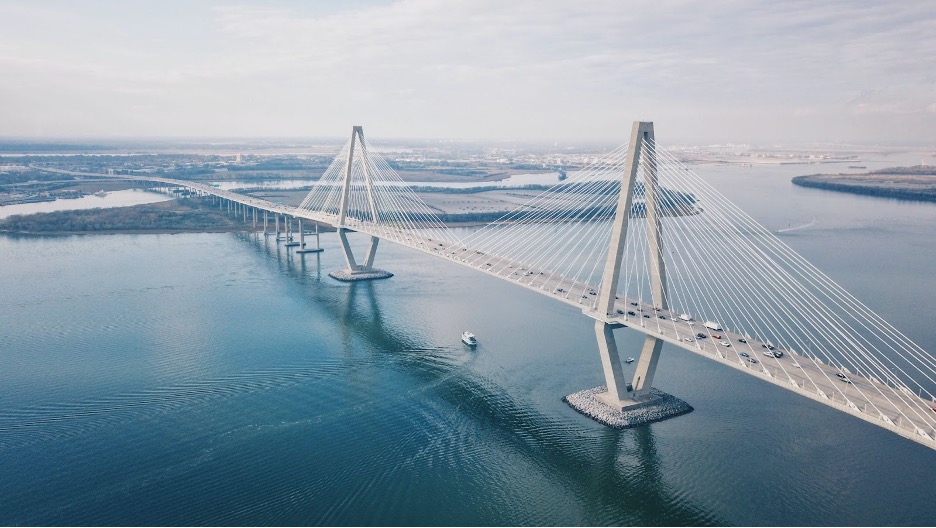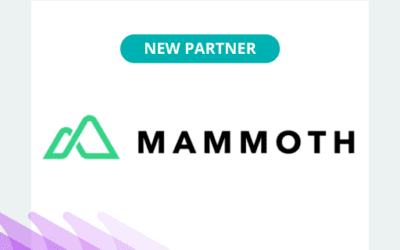In the middle of 2020, when uncertainty gripped the world, my family decided to head south. It wasn’t a unique idea. Faced with impending winters of isolation and the freedom of remote work, thousands of people uprooted their lives and moved into the sunbelt. Our family knew we wanted warmer weather, a tax advantaged location for retired military personnel and an easy airport to head out to meet all of you. There was more to it than that, of course. There were school districts and neighborhoods. Access to medical care and the ocean. We had a long list of things we wanted to understand, investigate and use to weigh our options. Our moving questionnaire was lengthy, but eventually, we wound up in Mount Pleasant, South Carolina.
It’s not a perfect place, but when we find ourselves annoyed by something we knew about well before we put down money on a house, we remember all the things that are a good fit for us.
In every advisory firm, there’s a moment when a client reviews their portfolio and finds something to complain about. In that moment, when the client is annoyed, it’s helpful to take out the plan you’ve created together for the client and remind them why they’re there.
Born out of the need to construct portfolios that meet client expectations, risk tolerance questionnaires (RTQ) became a standard for client evaluation. Of course, psychometrically designed RTQs only demonstrate a client’s thoughtfulness outside of the emotion of bear market realities. Their capacity for restraint when their perception of the present doesn’t match up to their financial planning expectations is hard to preemptively quantify.
You don’t manage your client’s portfolio solely from an RTQ. A questionnaire was never going to fully explain individual households you serve, but together with your time spent face-to-face and all of the work you put into understanding them over time, you can form a well rounded picture of who your clients are. There will always be surprises – both positive and negative, but that’s part of why financial advisors won’t be replaced by artificial intelligence.
In the world of alts, financial advisors are wise to implement a Due Diligence Questionnaire (DDQ) in a best effort to assess investment opportunities and fund managers before they recommend them to their clients. Of course, the same hurdle exists for DDQs and RTQs – do they ask the right questions to provide enough information for you to make informed investment decisions?
Here are some potential questions to include on your Due Diligence Questionnaire:
Inquire about the Fund’s Strategy:
- Is the fund categorized as directional or market-neutral?
- Does the manager employ a top-down or bottom-up investment style?
- What types of securities are typically included in the portfolio?
- Are trades based solely on quantitative output, or does the portfolio manager exercise discretion?
Examine the Fund’s Track Record:
- How does the fund’s track record compare to other funds with a similar investment style?
- What were the largest drawdowns experienced by the fund as a percentage of NAV?
- Were there periods when the manager achieved notably strong or weak relative returns, and if so, what were the reasons behind them?
Assess the Fund’s Terms:
- Does the incentive fee have a hurdle rate?
- Does the fund have a high-water mark, and if so, does it reset?
- Is there a provision for a clawback?
- Is there a lockup period before redemptions are allowed, and how frequently are redemptions permitted?
- Are there gate provisions, and if present, how do they function?
Evaluate the Management of Risk:
- Are there written risk management policies and procedures in place?
- Is there an independent risk committee responsible for monitoring and setting risk limits?
- Does the fund have a dedicated risk manager?
- Does the manager utilize a third-party risk system for internal risk measurement, and if so, what level of control does the manager have over methodologies and reporting?
- What policies and procedures does the manager implement to mitigate the risk of unauthorized trading by staff members?
Examine Risk Measurement Systems:
- What systems does the fund use to measure risk?
- Does the risk manager monitor various factors such as position, sector, credit rating, geographic or thematic concentrations, and trade correlations within the portfolio?
- How are asymmetric risks, like those in options or event arbitrage, addressed in risk measures?
- Are risk measures calculated internally or by an external vendor?
- Is risk assessed both quantitatively and qualitatively, and if so, how is qualitative assessment carried out?
Assess Stress Testing:
- Is the portfolio subject to stress tests?
- What types of stress tests are performed?
- Can the manager adjust security allocations to analyze potential risk levels before executing trades?
Examine Trading Practices:
- Does the manager have an affiliated broker, and if so, what percentage of trades is executed through them?
- What advantages are there for the fund to trade through the affiliated broker?
- Are there any soft-dollar or fee-sharing arrangements in place?
- What is the average commission rate paid by the manager?
Analyze Liquidity Risks:
- What proportion of the average portfolio can be liquidated within specified time frames?
- Is there a deliberate effort to avoid crowded trades, and if so, how is this accomplished?
- What are the maximum long and short position sizes as a percentage of average daily trading volume or issue size?
- Would significant redemptions leave illiquid instruments with remaining investors, and have gate provisions been installed to prevent a run on the fund?
Assess Leverage:
- How many brokers or banks extend leverage to the fund?
- How are liabilities managed operationally?
Evaluate Transparency:
- What information is provided to investors on a monthly, quarterly, and annual basis?
- How do reports and correspondence sent to investors look like?
- Is the notional value of derivatives disclosed?
- What risk reports are made available to investors?
- Are periodic risk transparency reports independently available from the risk provider?
- How often are performance estimates accessible to investors?
Analyze Counterparty Risk:
- Who are the manager’s counterparties, and what are their credit ratings?
- What are the key terms of the manager’s ISDA agreements, and what are the trigger and termination terms?
Assess Prime Broker/Futures Clearing Merchant/Custodian:
- Does the fund use multiple prime brokers/FCMs, and who are they?
- Has the fund manager ever changed a prime broker/FCM, and if so, why?
- Are all assets held in the name of the fund, and if not, what is the reasoning?
- Is the cash invested in high-grade, low-risk, AAA-type securities?
- Are long and short accounts held with the prime broker netted against each other?
- What insurance does the prime broker carry?
- How frequently does the manager perform ongoing diligence on the prime broker and custodian?
Examine Administrator Practices:
- Does the administrator send the NAVs directly to investors?
- How frequently is the net asset value calculated?
- Does the administrator perform ERISA calculations for the manager?
- How often does the manager perform ongoing diligence on the administrator?
Analyze Pricing:
- What percentage of the portfolio falls under Level II and III according to FAS 157?
- What types of investments are categorized as Levels II and III?
- How does the manager obtain valuations for swaps, over-the-counter derivatives, private placements, and illiquid securities without public prices?
- What security or market valuation methodologies are critical to the manager?
- How are pricing disagreements with the prime broker and administrator resolved?
- How often is the NAV prepared and reconciled?




